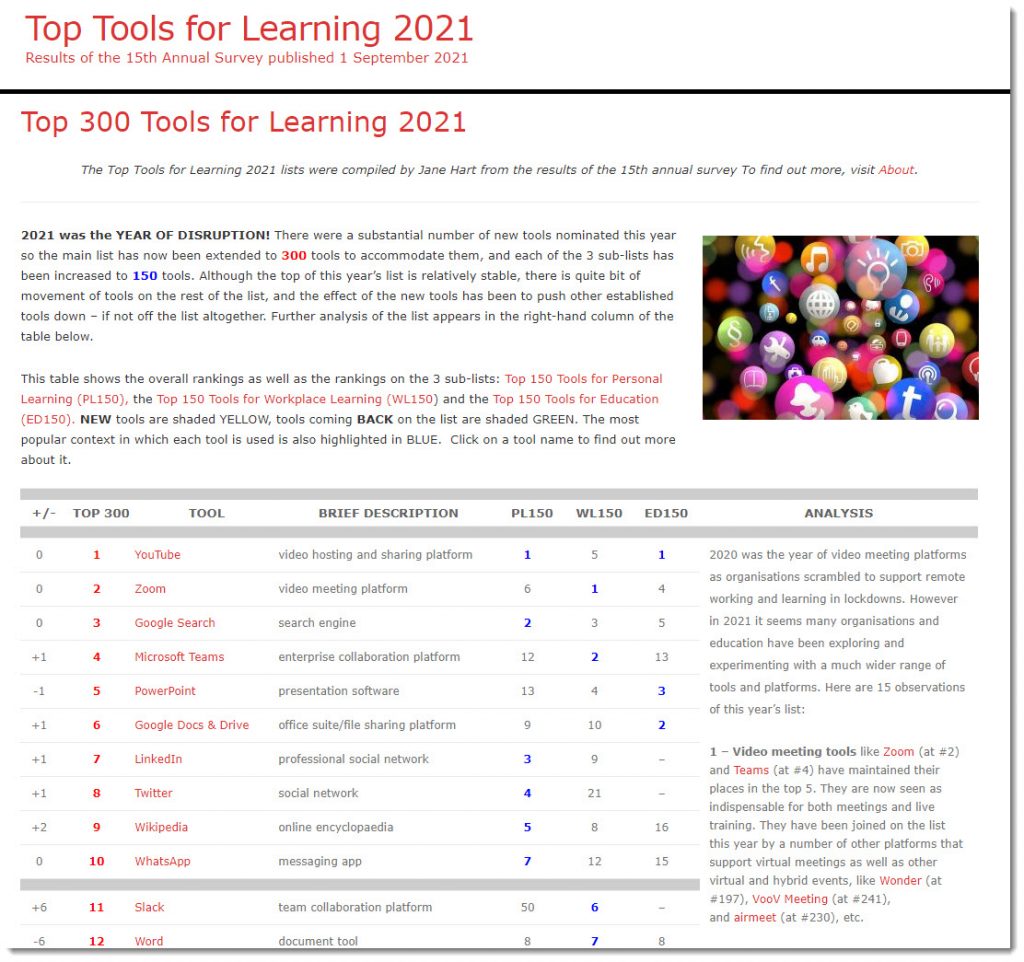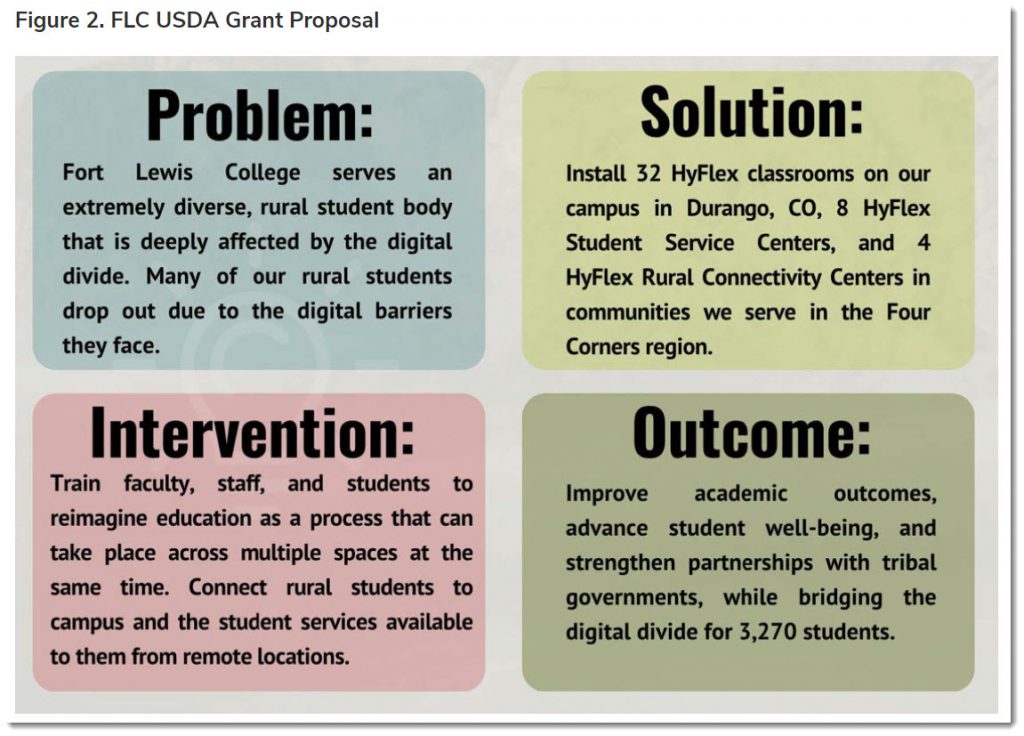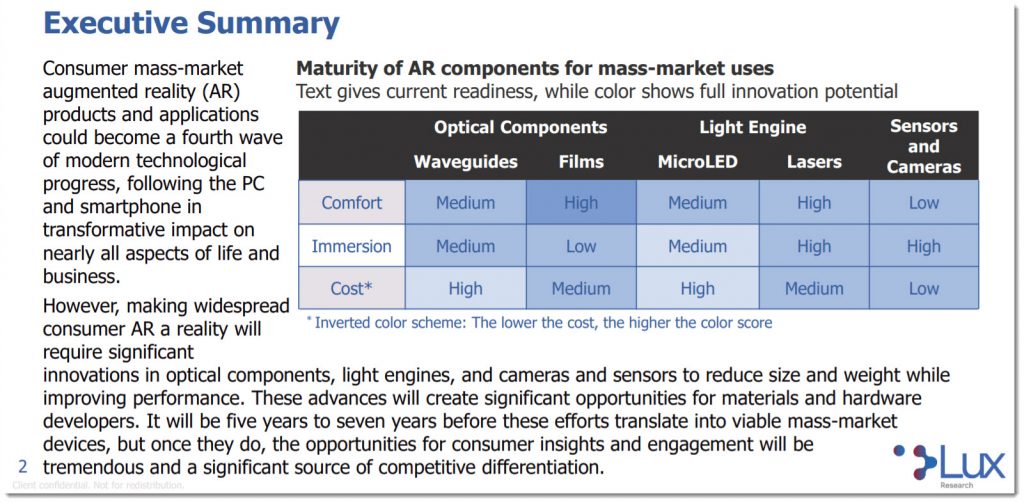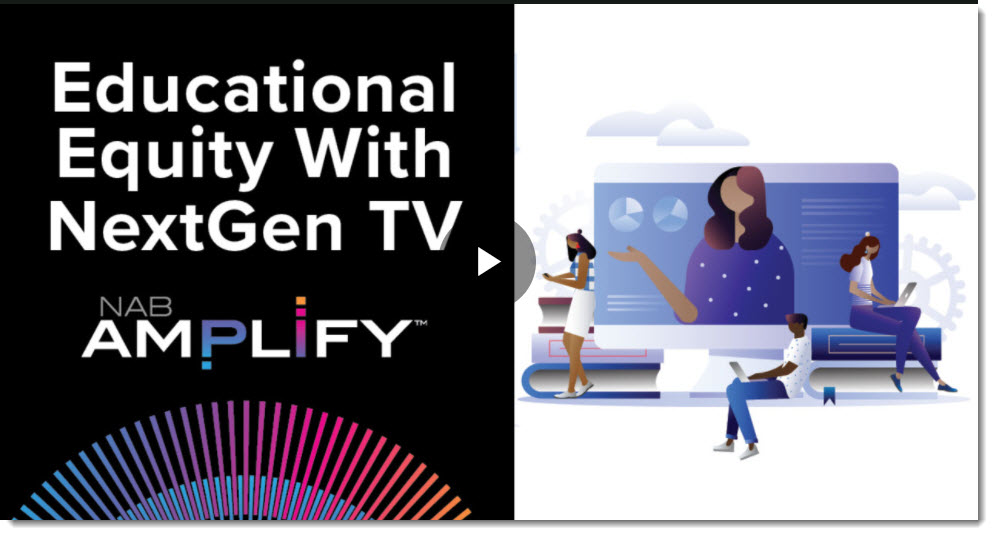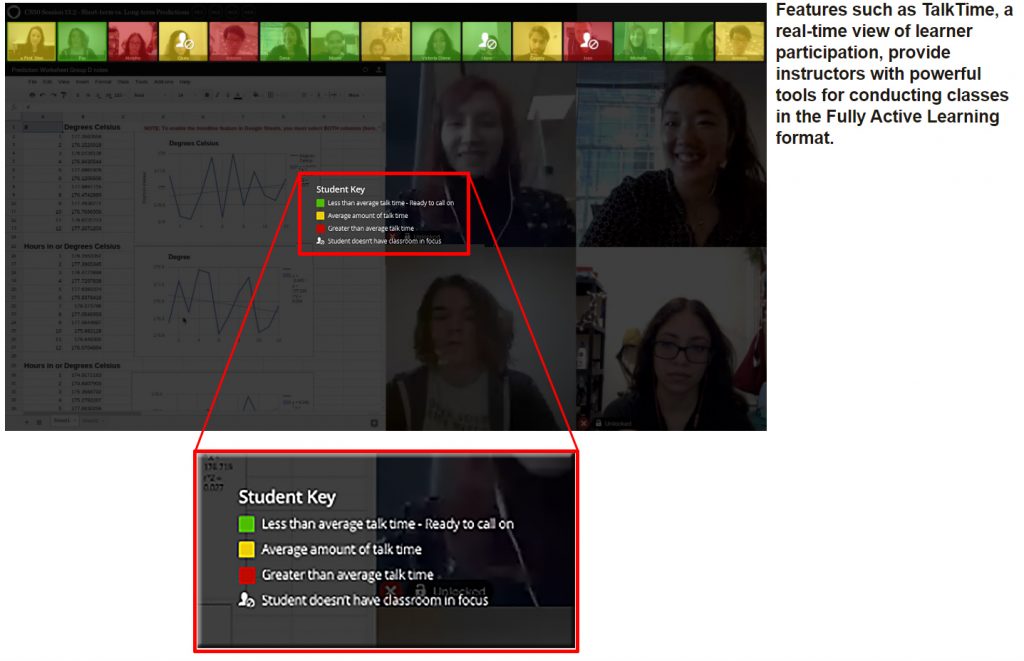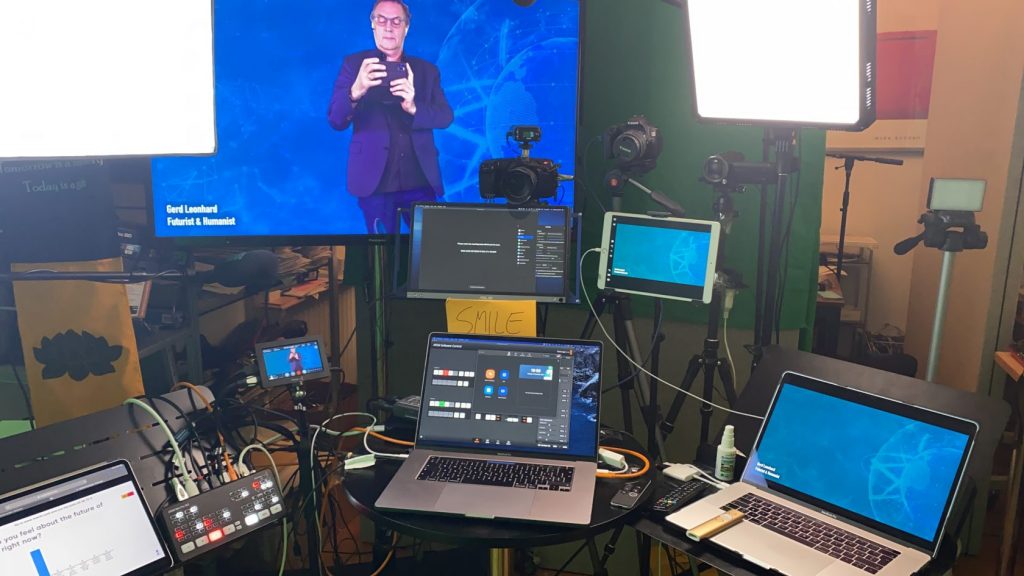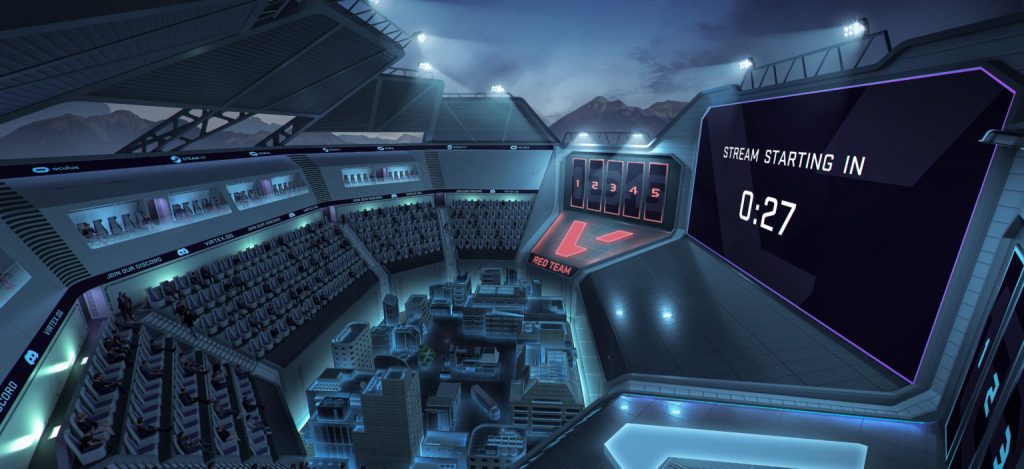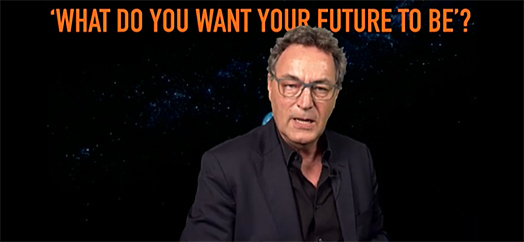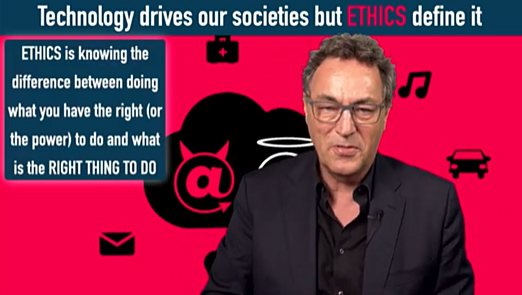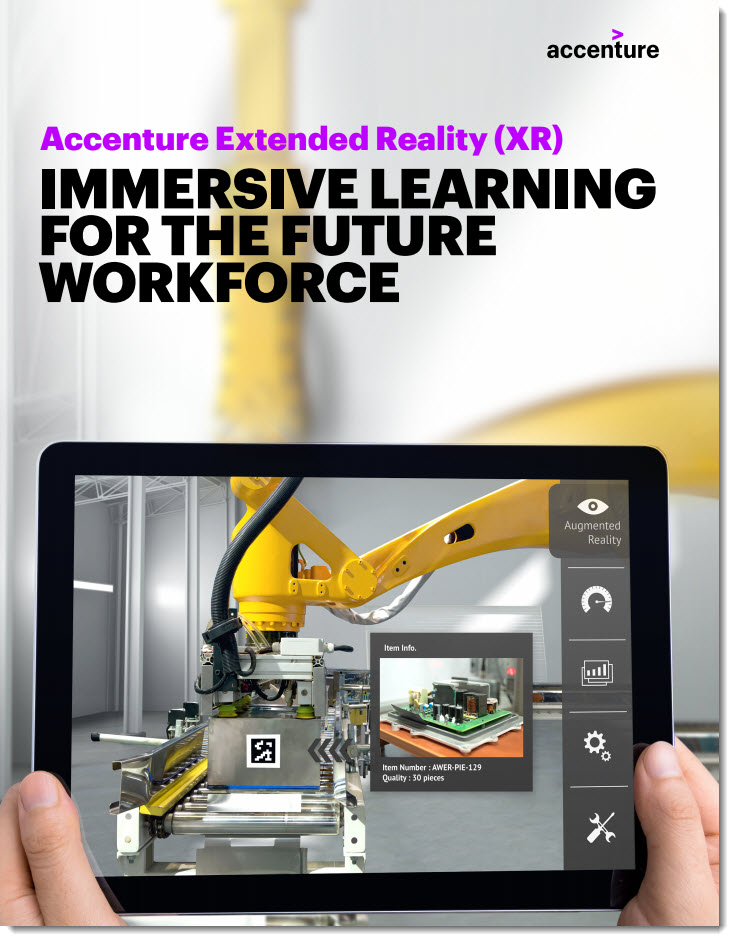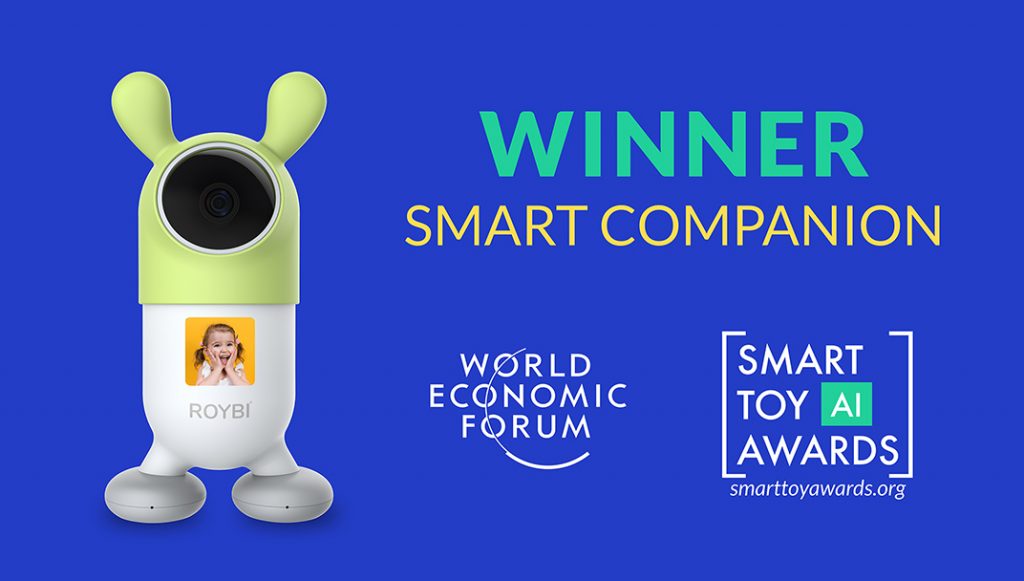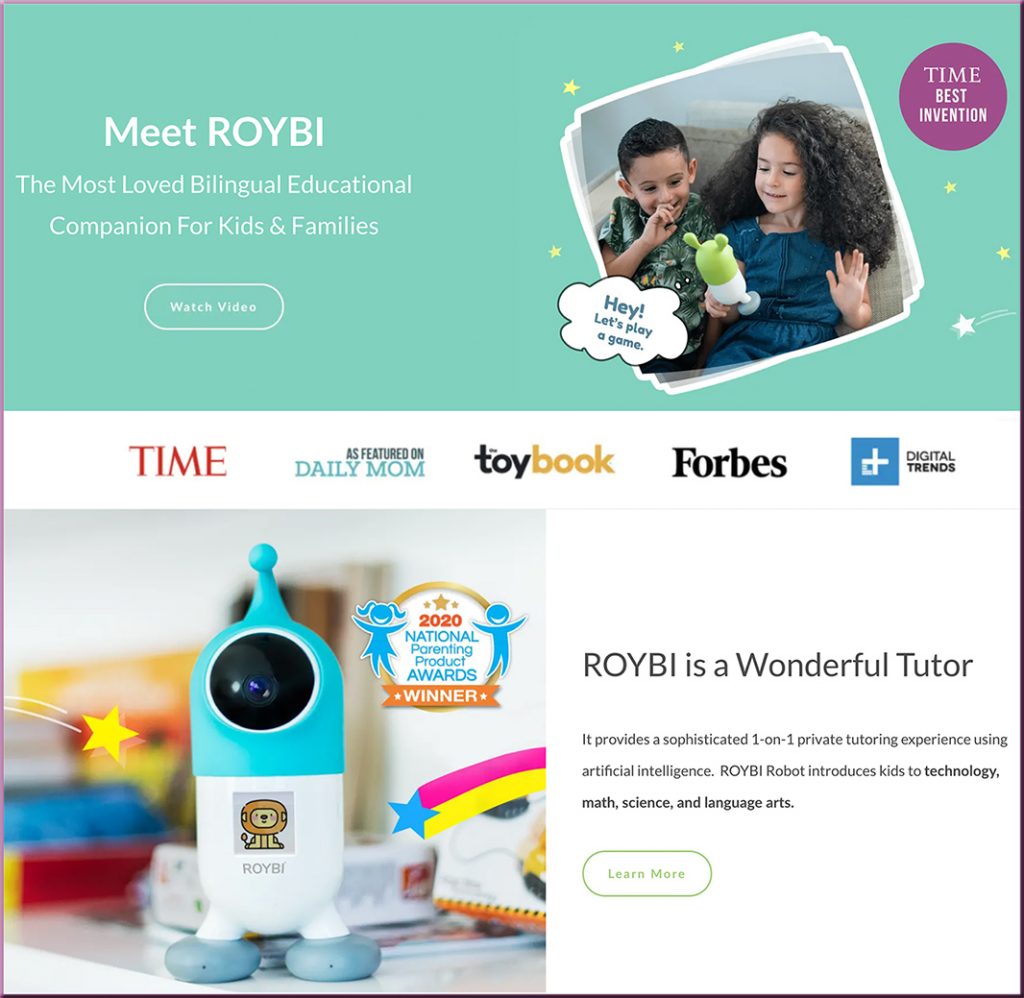An Edtech User’s Glossary to Speech Recognition and AI in the Classroom — from edsurge.com by Thomas C. Murray
Per Thomas Murray:
Recently, I collaborated with SoapBox Labs’ Amelia Kelly, the vice president of speech technology there, to create a glossary to help educators and edtech developers better familiarize themselves with speech recognition and make informed decisions about its use in educational settings. Below are some of the key terms that are particularly important, along with an explanation for why those terms matter.










